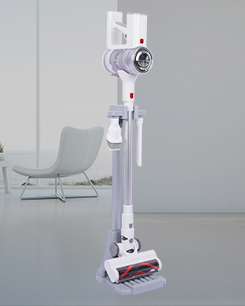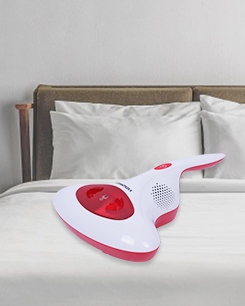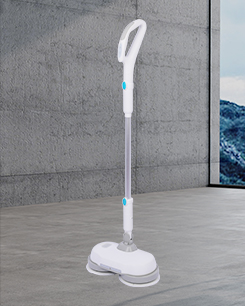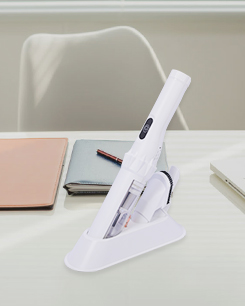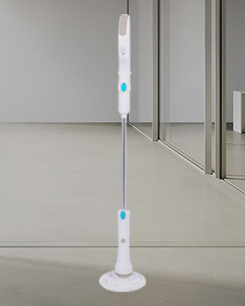Improving the anti-clogging ability of stick vacuum cleaners can help maintain consistent performance and reduce maintenance interruptions. Here are some tips to enhance the anti-clogging capability of your stick vacuum:
Choose a Vacuum with Anti-Clogging Features:
Start by selecting a stick vacuum cleaner that is designed with anti-clogging features, such as specialized brush roll designs, anti-clog channels, or pre-filters. Check the manufacturer's specifications and product descriptions to see if these features are mentioned.
Regular Maintenance:
Proper and routine maintenance is key to preventing clogs. Follow the manufacturer's maintenance guidelines for your specific stick vacuum model, which may include cleaning or replacing filters, emptying the dustbin, and removing debris from the brush roll.
Clear Debris Pathways:
Before each cleaning session, check the nozzle, debris channel, and brush roll for any obstructions or entangled debris. Clear away any foreign objects, hair, or threads that might be trapped in these areas.


Use Appropriate Attachments:
Stick vacuum cleaners often come with a variety of attachments and cleaning tools. Choose the right attachment for the job to avoid unnecessary strain on the vacuum's primary brush roll, which can lead to clogs.
Avoid Excessive Force:
When vacuuming, avoid pushing the vacuum too hard or using excessive force to pick up debris. Stick vacuums typically work best with gentle, controlled movements.
Monitor the Dustbin:
Keep an eye on the dustbin or dirt collection container as you vacuum. Empty it before it becomes too full, as an overfilled container can reduce airflow and lead to clogs.
Clear Large Debris Promptly:
If you encounter large debris, such as paper clips, coins, or pieces of plastic, pick them up manually or use the vacuum's hose and attachment to avoid pushing these items into the debris channel.
Choose the Right Settings:
If your stick vacuum has adjustable settings for different floor types or suction power, use the appropriate setting for the surface you're cleaning. Using higher suction settings than necessary can increase the risk of clogs.
Regularly Replace Filters:
Replace filters as recommended by the manufacturer. Overused or clogged filters can restrict airflow, increasing the likelihood of clogs.
Maintain Your Brush Roll:
Clean and maintain the brush roll regularly. Remove any hair, strings, or debris that may accumulate on the brush roll to prevent it from tangling and causing clogs.
Keep Floors Clear:
Before vacuuming, make sure the floor is clear of obstacles and larger debris that could clog the vacuum. Pick up toys, loose items, and other objects that might obstruct the vacuum's path.
Avoid Wet or Damp Debris:
Stick vacuums are not designed to handle wet or damp debris. Avoid vacuuming wet spills, as this can lead to clogs and damage to the vacuum's components.
Regularly Inspect and Clean the Debris Channel: Perform a more thorough inspection and cleaning of the debris channel periodically, in addition to routine maintenance.
By following these tips and taking care of your stick vacuum cleaner, you can significantly enhance its anti-clogging ability and ensure smoother, more efficient cleaning sessions.

 English
English Español
Español